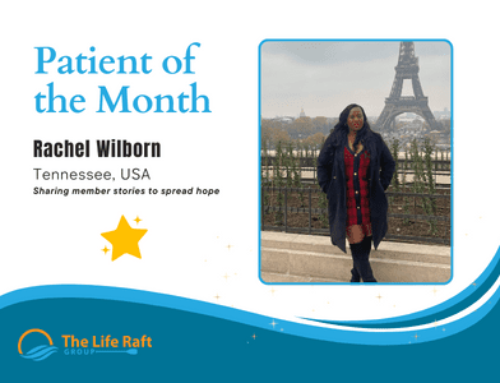The Medicare Open Enrollment period will come to an end on December 7. Information to help individuals make choices is readily available and it is especially important for GIST patients to carefully consider available plans.
Medicare Advantage and Part D drug plans change yearly, and the many choices and details can become overwhelming. Don’t let the annual Medicare Open Enrollment period, Oct. 15- Dec. 7, end without evaluating all your choices! Be aware that plans can change their costs, coverage, and networks annually and there might be a better plan for you. The steps detailed below will help you to review your choices.
And it is important to be informed about the differences between a Medicare Advantage Plan and Medigap or Supplemental plans. You can find a tool for comparison here. The first step is to compare your current plan in 2020 with its coverage in 2021. You should have received a packet in the mail in September called the Annual Notice of Change and Evidence of Coverage (ANOC/EOC). With your ANOC/EOC in-hand, or online, answer these questions:
- Are my drugs still on the drug list (also known as a formulary)?
- Are my drugs on a different tier with different cost-sharing?
- Do any of my drugs have new restrictions, like approval from the plan before getting my medicine?
- Can I use the same pharmacies? Are there changes to the cost of using this pharmacy?
Checking the formulary is particularly important for cancer patients whose medications tend to fall in the higher tiers of coverage. Once you’ve compared your plan in 2020 with 2021 coverage, then it’s time for step two which is to compare your plan with the others available. Depending on the state where you live, you may have as many as 20 Part D drug plans and 25 Medicare Advantage plans to work with. How can you possibly compare all this? The best advice is to use the Medicare Plan Finder, work with your local insurance agent or broker, or ask for unbiased help from a local SHIP (State Health Insurance Assistance Programs) counselor.
If changing plans doesn’t make your copayments and medications affordable, be sure to check these resources for help:
- Use www.BenefitsCheckUp.org to screen more than 2,500 public benefit programs.
- Check your eligibility for Extra Help and Medicare Savings Programs to help with Medicare costs with your local SHIP or county social services office.
- Visit www.needymeds.org to find out if your state has a State Prescription Assistance Program (SPAP), the drug manufacturer offers a copayment assistance program, or if a foundation might help with some of the cost.
You have the power to make the right decisions for you!
If you’d like to learn more about Medicare, visit the www.mymedicarematters.org website to learn more and take our MedicareQuickCheck for help with Medicare eligibility and enrollment guidance.
The Life Raft Group is here to help guide you through this process. Please contact Sara Rothschild for assistance: srothschild@liferaftgroup.org
Additional Resources:
Memorial Sloan Kettering Cancer Center: “What You Should Know about Your Health Insurance Options During Open Enrollment”
Patient Services Incorporated (PSI) can also offer guidance.
More information about patient financial aid can be found on this page.




